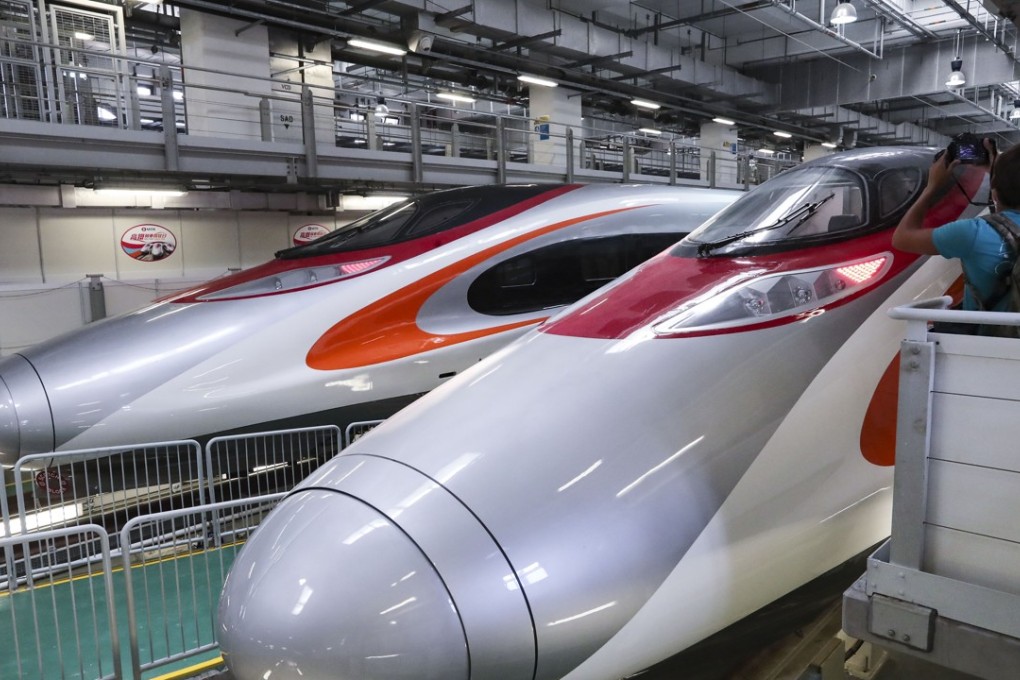Jake's View | Dodgy mathematics puts the break even point of Hong Kong’s high-speed rail forever away
While money spent on this project circles back into the economy, that’s also true of anything on which we spend money. It certainly does not release the government of the obligation to spend wisely.

The HK$84.4 billion cross-border high-speed rail link may become profitable eight years after its launch, Hong Kong’s transport chief said yesterday in an apparent U-turn from an earlier forecast that predicted the project would be operating at a loss for decades. -- SCMP, February 4
The financial numbers we have been given on this project have always been so skimpy that if they were clothes, we would have an offence against public decency.
But let us make a few assumptions.
- The latest estimate of capital cost, after several revisions upwards, stands at HK$84.4 billion (US$10.8 billion). I shall make this HK$90 billion. We still have rolling stock and the usual oops-we-forgot-to-tell-you charges to consider. I think HK$90 billion is a safe bet. I’ll stake a bottle of Scotch on it.
- The original forecast for patronage was 99,000 passengers a day. This has since been raised and the last figure I have seen is 109,200. We shall take it.
- The original passenger fares ranged between HK$45 to Shenzen, and HK$180 to Guangzhou. The projected Shenzen fare has been doubled, and the Guangzhou one raised by 44 per cent. We shall assume an overall two-thirds increase in fares above the initial projections.
- The original medium case scenario projected annual operating revenues of HK$1.118 billion. Account for the higher patronage and fare levels and we shall make this HK$2.05 billion.
- The operating cost in all scenarios and all updates of them is HK$733 million. I have my doubts when maintenance of high speed rail in Europe costs as much as 10 per cent per annum of construction cost and our comparable number is no more than one-third of 1 per cent, but okay, we’ll take it.
- We shall assume an average depreciation rate of 2 per cent. Tunnels are reckoned good for 100 years but rail track is amortised over as little as seven years and there is a good deal more at less than 10 years.
- We shall assume an average interest charge of 3 per cent and we shall apply it to the entirety of the HK$90 billion construction cost. If it is not all debt, it is still a pretty low number for assumed cost of equity. MTR Corp’s interest charges varied from 2.3 per cent to 6.7 per cent last year.
Now put it all together: operating income less operating costs, depreciation and interest charges, and we come to a loss of HK$3.18 billion a year.
In other words, profitability is not eight years away. It is not 50 years away. It is forever away. And, under any proper accounting standard, the losses would rise steadily as each year’s loss is added to the debt.
Now, I imagine that Transport Secretary Frank Chan Fan will argue in rebuttal that I have not taken the economic benefits of the project into account.
